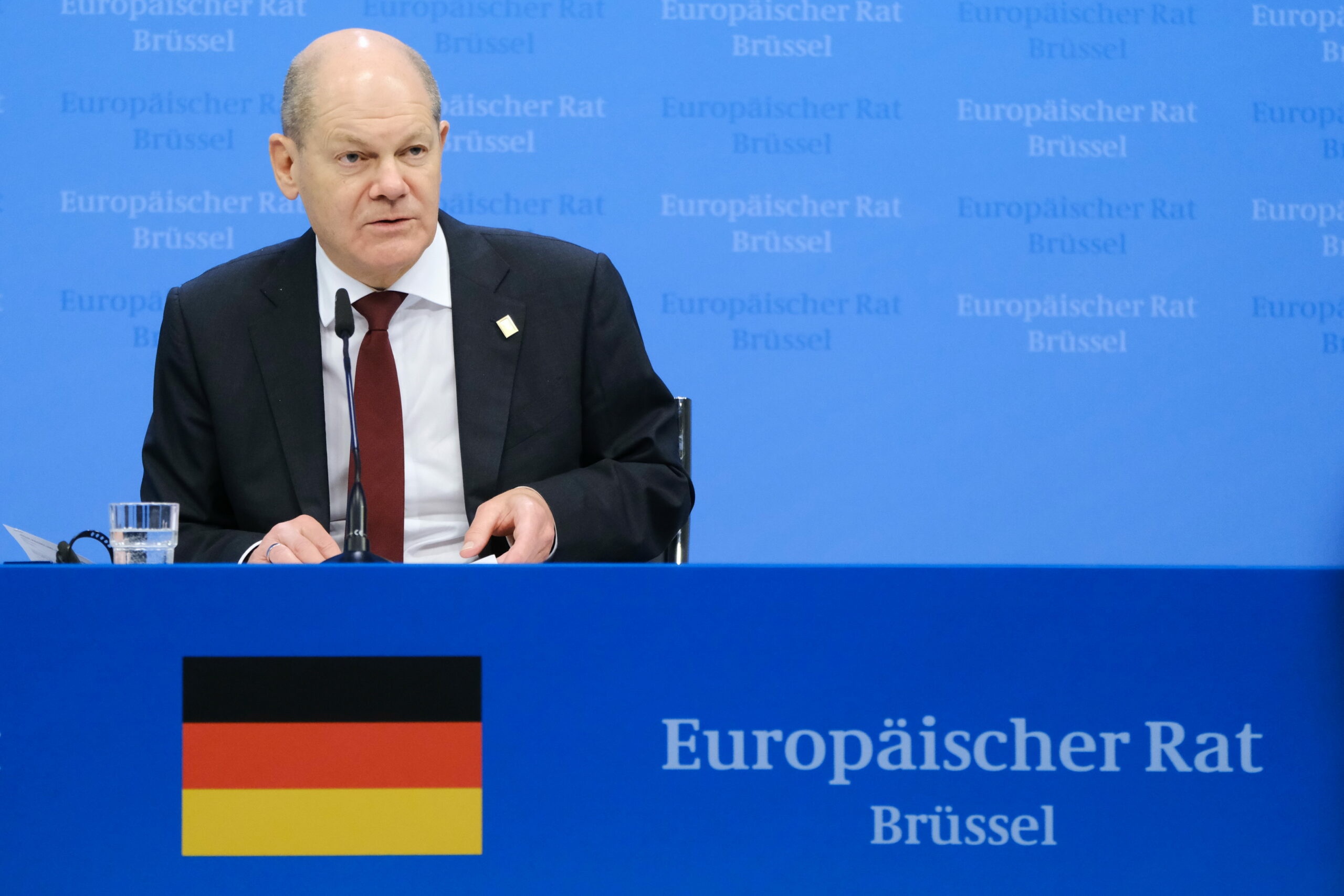Because Germany’s economic weakness worries Europe

Facts, numbers and perspectives of Germany and Europe. The analysis by Nicola Mai, Economist and Sovereign Credit Analyst at PIMCO
Despite the strong start to 2023, the eurozone economy has been weak for much of the year and we expect this fragility to persist into 2024. After hitting a high of around 54 in April 2023, the Composite Purchasing Managers Index ' fell below 50 in June and has not budged since, indicating a slightly contracting economy. We expect a period of stagnation or mild contraction in the eurozone this year. The reasons for this continued weakness are clear. Europe is still recovering from a persistent energy shock and has not experienced the same degree of fiscal stimulus as the US economy, which has been more resilient in recent years. Additionally, the region's shorter debt maturities mean that interest rate hikes have been felt more quickly.
Germany's weakness in Europe
Europe's challenges have been exacerbated by an underperforming Germany, which has held back regional growth. German industrial production declined steadily in the second half of 2023. This phenomenon came alongside the recent decline in German industrial orders, underlining the continuing fragility of the German manufacturing sector.
If Germany's weakness partly reflects the weakness of the global industrial cycle, structural headwinds, such as the loss of competitiveness against China and rising gas prices after the start of the war in Ukraine, are also likely to are playing an important role. Furthermore, there is not much hope that fiscal policy will come to the rescue, given the recent decisions of the Constitutional Court. Sure, there are some signs that we are past the peak in terms of weakness, but there is little to suggest that German industry is making a decisive turn and the overall picture is of an economy struggling to gain momentum . Given that Germany accounts for more than a quarter of the eurozone's GDP, its impact on the entire region is significant.
Regarding potential shocks in 2024, we do not expect the current shipping turmoil in the Red Sea to have a material impact on inflation in Europe at present. Its scale is a fraction of the pandemic-related upheaval, and shipping is just a small component of a company's cost structure. Global demand for cargo is not as buoyant as during the pandemic, and the supply of new container ships appears to be ample this year. It is important to note that companies have other supply routes available, such as alternative sea routes and air freight. That said, COVID-19 has taught us to be wary of ripple effects on the supply chain.
Outlook on inflation and rates
Inflation has peaked in Europe and is now falling rapidly, with headline inflation already below 3% in the Eurozone and underlying inflation slowing to around 3.5% year-on-year . On high-frequency indicators, inflation has fallen even lower. Indeed, core inflation has returned to the European Central Bank's target of 2% on a three-month annualized basis.
Eurozone core inflation
We believe the European Central Bank has finished its tightening cycle and will look to cut rates this year. The ECB will proceed cautiously initially, as it wants to be sure it has won the fight against inflation (and may want to see signs of wage disinflation first), but from our perspective rates are falling.
The ECB, like other developed market central banks, is cautious about avoiding monetary policy errors that would allow inflation to reaccelerate – a problem now synonymous with former Federal Reserve Chairman Arthur Burns, whose dovish stance in 1970s contributed to an unwanted reflation phase in the US economy. In light of this, it is possible that the ECB will end up cutting the key rate by less than the market currently expects for this year. Beyond this, however, we see the potential for deeper cuts than priced in, as we believe equilibrium interest rates in Europe and globally remain low.
What do these macro outlooks mean for European bond markets? We are cautious at the front of the curve, but see opportunities in the middle, given our view of deeper rate cuts over time and our view that target rates remain low. An exposure to this part of the curve also avoids the long part, which could be subject to high emissions requirements and reductions in the ECB's balance sheet. We believe European duration is an effective portfolio diversifier: While yields are generally lower than in the US, the region's relatively subdued macroeconomic outlook should allow European fixed income markets to perform.
It is important to note that interest rate risk duration has hedging properties, so if a sharper than expected decline occurs, fixed income duration should perform. Furthermore, although many investors have opted for a “cash is king” approach, cash returns are momentary and are unlikely to be as high tomorrow as they are today. In our view, it makes sense to lock in higher yields with some duration exposure in portfolios.
This is a machine translation from Italian language of a post published on Start Magazine at the URL https://www.startmag.it/economia/crisi-economica-germania-europa/ on Sun, 25 Feb 2024 06:29:01 +0000.
